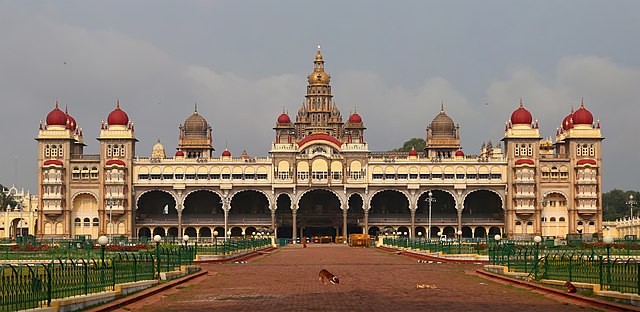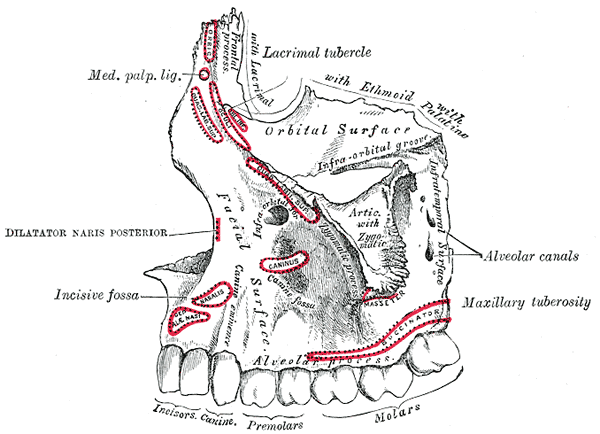We just learned about the Pena Palace.
Another famous castle is Mysore Palace, in Karnataka India in 1912 AD.
There are actually seven palaces in Mysore, but the biggest one is called Mysore Palace.
The special way the building looks is called Indo-Saracenic, which means it mixes together different construction styles, like Hindu, Mughal, Rajput and Gothic.
It is three stories high and has a 145 foot high tower.
There are three main entrances to the palace, and also many secret tunnels going between the palaces.
On top of one of the buildings is a statue of the Hindu Goddess Gajalakshmi that stands for wealth and fortune.




(from: wikipedia - mysore palace)
Kid Facts - Blast from the past: Coahuila





